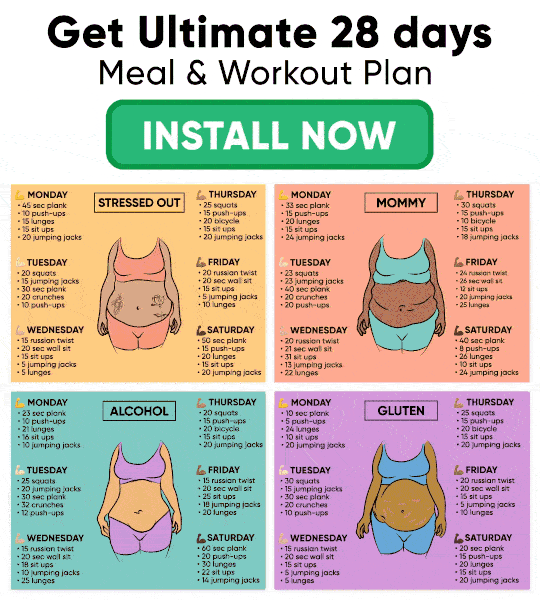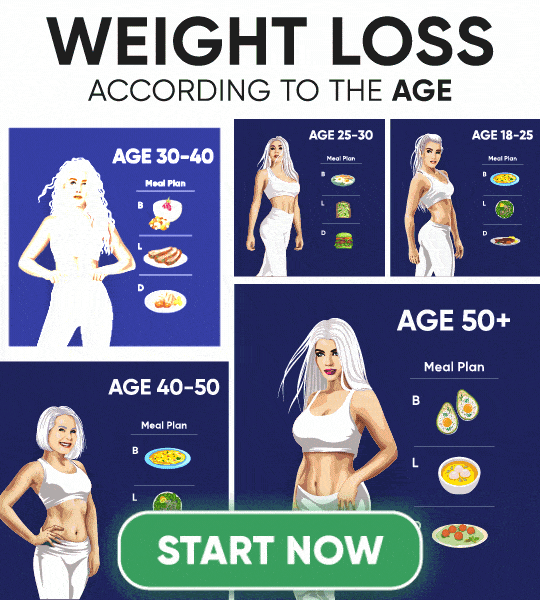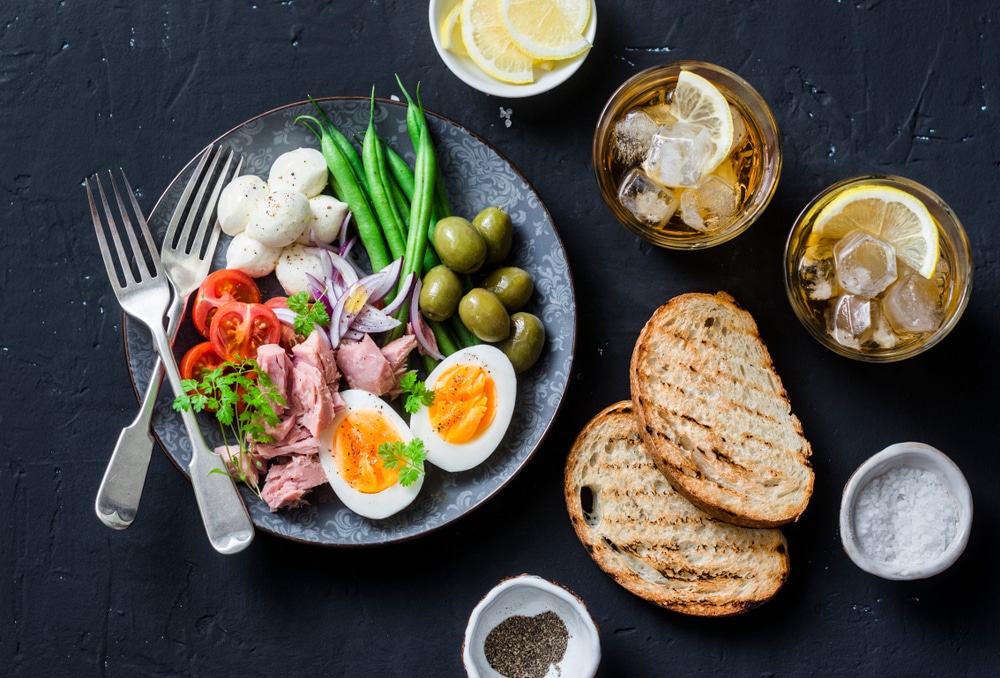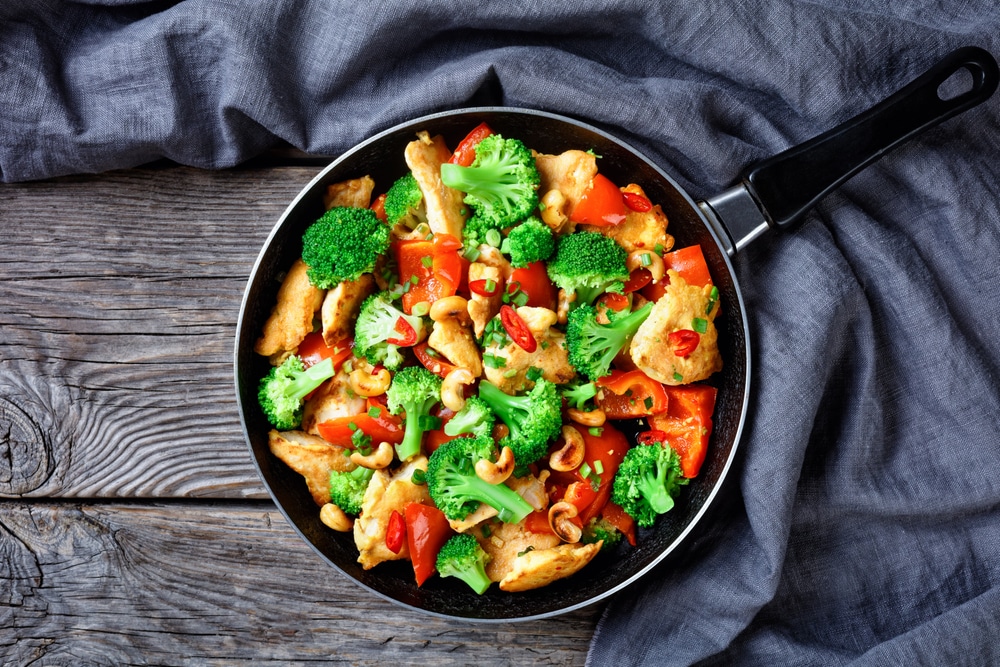Going on a diet can be a good idea, especially when it requires you to choose healthy foods. The low GI diet is one of such – it requires you to choose foods that don’t cause blood sugar spikes. Unlike popular low-carb and low-fat diets, this one based on the glycemic index scale doesn’t cut out any food group entirely. It has fewer restrictions and some may find this appealing. However, there’s also a lot of uncertainty about its effectiveness. Here’s everything you need to know about this diet including a 7-day low glycemic diet plan to get you started.
What Is The Glycemic Index Scale?
Have you ever wondered why certain foods make you feel full, while others leave you feeling hungry? The Glycemic Index (GI) scale is a measure of how quickly glucose is absorbed into the bloodstream.
High GI foods have a higher carbohydrate content which enter your system quickly and cause rapid rises in blood sugar levels, which are followed by drops that could leave you wanting another sweet or starchy treat. The GI scale was developed by researchers at the University of Toronto in 1981 to help people manage blood sugar levels and combat diabetes (6).
Low GI foods are slowly digested, releasing glucose into the bloodstream gradually, leaving you feeling fuller for longer (4).
There is no universal definition of what constitutes a low or high food on the GI scale – it all depends on the type and amount of carbohydrate present within a particular food.
For example, boiled potatoes usuall have a higher glycemic index than mashed potatoes because there’s more carbohydrate in them; likewise, fruit juice has a higher GI rating than pieces of whole fruit because it contains more carbohydrates per serving. Some protein-based foods like dairy products also have a significant impact on the overall rating certain foods have.
Read More: Different Types Of Diets: The Lowdown On The Most Talked-About Weight Loss Strategies

What Is A Low Glycemic Diet Plan?
If you’re looking for a nutritionally balanced way to lose weight, a low glycemic index diet can be an effective strategy. It includes plenty of whole grains (rice, oats, and barley), fruits, vegetables, and some lean proteins like fish and chicken breast. This type of diet encourages healthy eating by gradually releasing glucose into your bloodstream so that it does not spike and then drop – leaving you feeling hungry again shortly after eating (3).
Low glycemic index foods will help to maintain stable blood sugar levels over time which prevents cravings that lead to overeating or snacking throughout the day (5). Once you get used to monitoring food labels you’ll find it easier to follow this type of meal plan.
However, it’s important to remember that any food in moderation is acceptable on a low GI diet – you just have to be aware of which ones are higher and lower on the scale so that you can choose wisely.
Which Foods Should You Eat On A Low GI Diet?
Low GI diets can be hard to stick to simply because most people don’t know what the GI ratings of the foods they are eating really are.
This diet requires you to (3):
- Eat mainly low-GI carbs (score of 55 and below) such as oats, barley, butter beans, peas, non-starchy vegetables, milk, sweet potatoes, and most fruits.
- Eat smaller amounts of medium-GI carbs (56-69) such as brown rice, couscous, wholemeal bread, rye bread, quick oats, honey, and orange juice.
- Avoid, or mostly nibble on high-GI carbs (70 and above) such as russet potatoes, white bread, cookies, instant pasta, short-grain white rice, pineapples, and melons.

What Factors Affect The GI Score?
The list of carbs and their scores is available online, from sources such as the University of Sydney’s GI-testing lab. However, it’s impossible to find a GI ranking for every food; researchers can’t test them all. This is especially true because many factors influence a food’s GI score, including (2):
- Level of processing: Processed carbohydrates tend to have higher GI scores than whole ones.
- Ripeness: Sugar in fruit breaks down as the fruit ripens, increasing the GI score.
- Preparation: Some cooking processes break down carbohydrates and increase the meal’s GI score.
- Dressing: Using acidic seasonings, such as lemon or vinegar, lowers a meal’s GI score.
- Type of starch: Amylose has a lower GI score than amylopectin.
What Are The Benefits Of A Low Glycemic Diet Plan?
The key to a low glycemic diet is eating smaller amounts of foods with a lower GI rating. This means that you’ll feel fuller for longer, and are consuming fewer sugars, thus lowering your caloric intake and creating a calorie deficit. Consistently eating in this manner can result in weight loss.
In addition to reducing your overall calorie consumption, other benefits of such a plan include an increased consumption of fiber, it helps to regulate glycemia levels , and increased muscle mass.
If you wish to free yourself from all the extra pounds that have been weighting you down for way too long, start using the BetterMe app and overhaul your entire life!
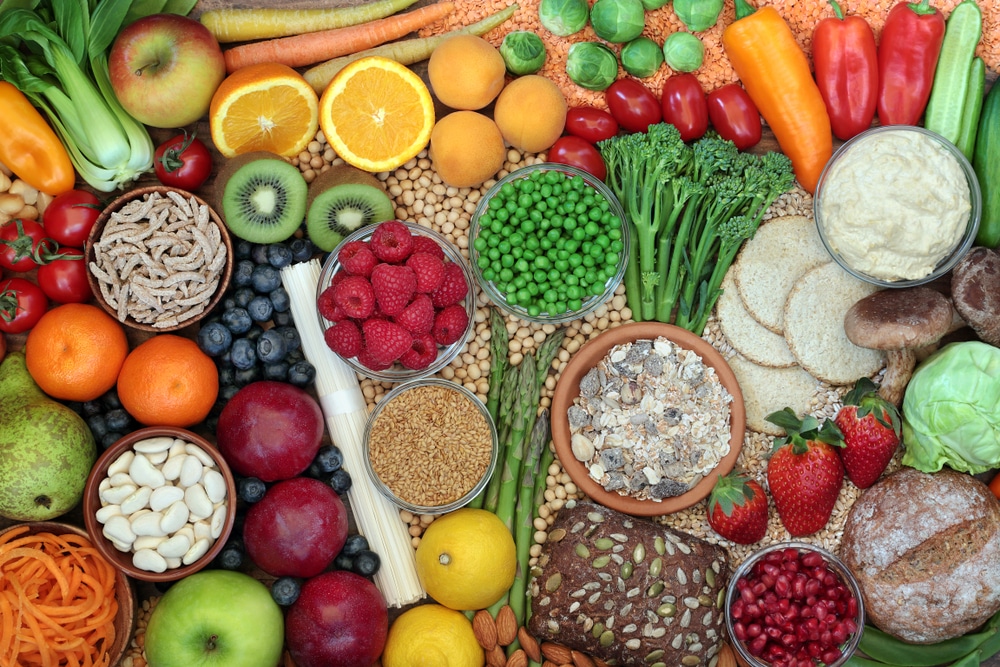
More Efficient Fat Burning
When you consume carbohydrates, your body is signaled to release insulin in order to ensure glucose is absorbed into cells. This leaves the blood sugar levels unstable, which also stimulates the production of more glycogen (the storage form of glucose) and suppresses fat burning. All of this inhibits weight loss (5).
Experts believe that a low glycemic diet burns stored fat for energy as effectively as high GI diets do, although they’re not sure why carbohydrates have a lower impact on one’s weight. They hypothesize that this may be due to decreased hunger cravings on such a plan, or that insulin sensitivity increases with decreasing GI levels (5).
Low Glycemic Diets And Hormone Levels
As previously mentioned, the GI rating of a food is based on how quickly the glycemic index rises after ingestion. And this means that insulin plays a vital role in its effects on hormone levels. Insulin is also known as the fat-storage hormone, which makes managing blood sugar levels an essential part of any weight loss regime (5).
Research shows that diets with a low glycemic index could be beneficial for increasing sex hormones such as testosterone), while a high GI diet could increase cortisol levels (the stress hormone). The latter might contribute to weight gain, so lowering it could be one mechanism by which low GI foods help you lose pounds more effectively than other diet plans (1).
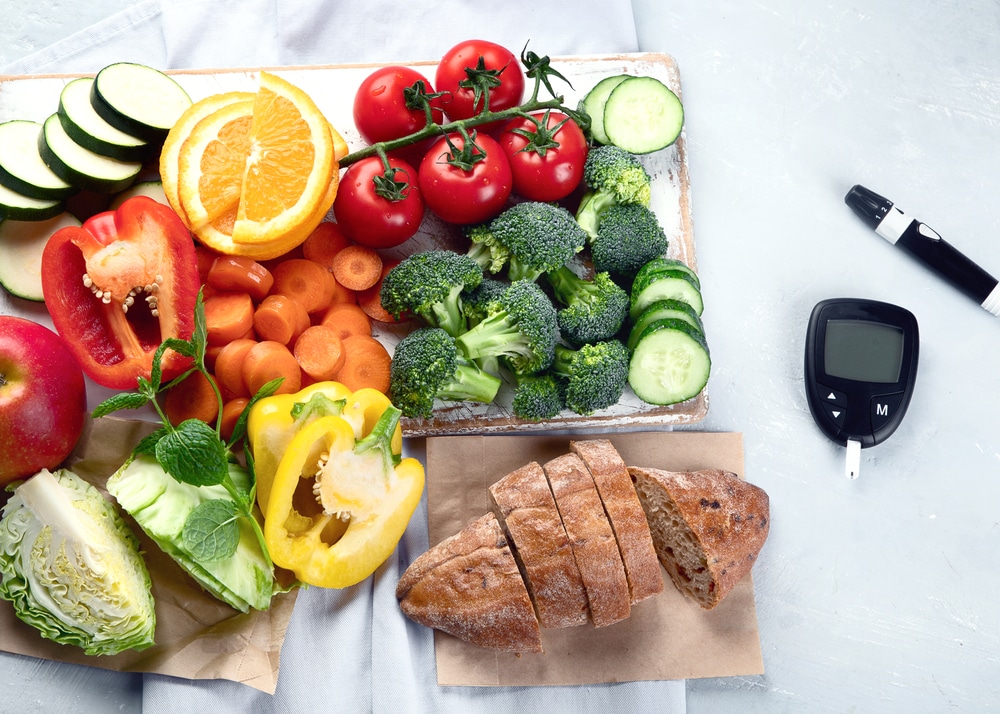
Low Glycemic Index Diets And Muscle Mass
In order to build lean muscle mass or improve muscle tone, you need to supply your body with amino acids (the building blocks of protein). These nutrients are found in dietary proteins.
Researchers believe that low glycemic diets increase the amount of vital nutrients entering the bloodstream, contributing to increased muscle health and improved athletic performance (5).
When you consume a lot of carbohydrates, your body breaks them down into glucose molecules – this raises blood sugar levels and suppresses ketone production from fat metabolism.
Is A Low GI Diet Good For Weight Loss?
A low GI diet is a diet that limits the number of foods with a high glycaemic index and aims to increase the number of foods with low GI. The idea behind this is that these kinds of diets help you lose weight by helping you feel fuller for longer periods, which lowers your calorie intake in the long run (3).
However, following the low glycemic diet consistently to lose weight is easier said than done because:
- You have to do all the research – other than to eat low-GI foods, there are no rules for this diet. Without the structure, you have to figure out how much, what, and when to eat.
- You might not find all the information you need – aside from the fact that not all foods are in the GI database, there are too many factors that affect a food’s ranking. Coming up with an estimate of the effect of every food on your blood sugar might be impossible.
- Low-GI doesn’t always equal healthy – using the glycaemic index to decide whether foods or combinations of foods are healthy can be misleading. For example, watermelon and parsnips are high GI foods, while chocolate cake has a lower GI value. Potato chips have a lower GI than potatoes cooked without fat.
Read More: 12-Week Carb Cycling Meal Plan: Boost Your Fat Loss With This Diet
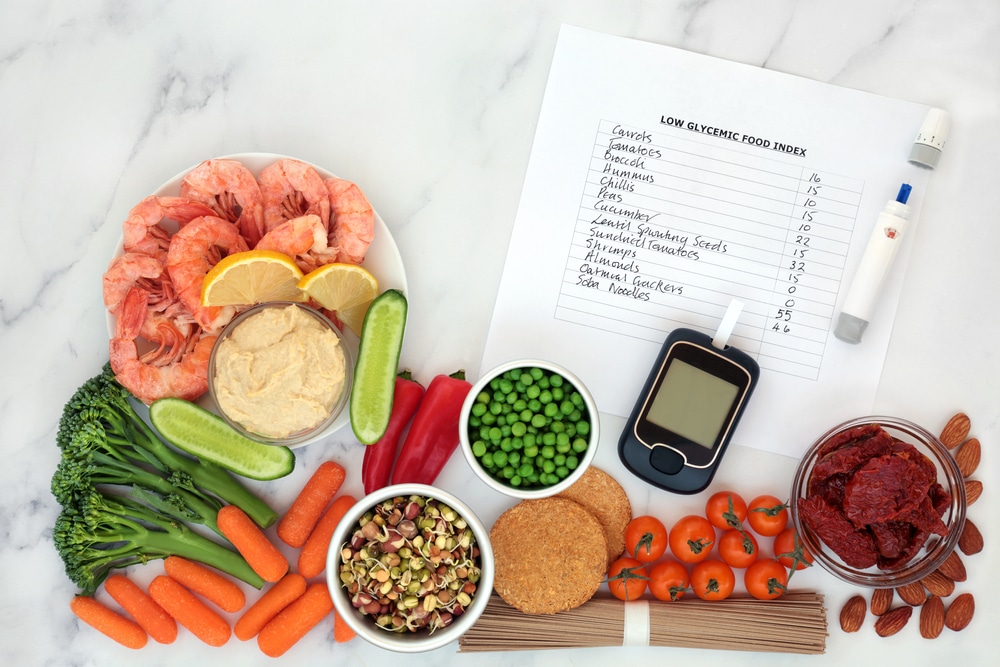
Is A Low GI Diet Good For Diabetes?
If you have diabetes and are managing it with prescribed medication, there is evidence to suggest that a low glycemic index diet can improve your health (5).
Eating foods with low glycemic index can help control blood glucose as part of a diabetes diet plan. However, research has shown that the amount of carbs you eat rather than the GI rating has the biggest influence on your blood sugar levels. Furthermore, managing diabetes requires more diet and lifestyle changes than simply choosing low glycemic foods (5).
The 7-Day Low Glycemic Diet Plan
Below is a sample 7 day low glycemic diet menu showing what a week on this diet looks like:
Day One
- Breakfast: Scrambled egg with smoked salmon and whole wheat bread
- Lunch: Spicy Beef Noodle Lettuce Wraps
- Snack: Low-fat fruit yogurt
- Dinner: Baked chicken with couscous
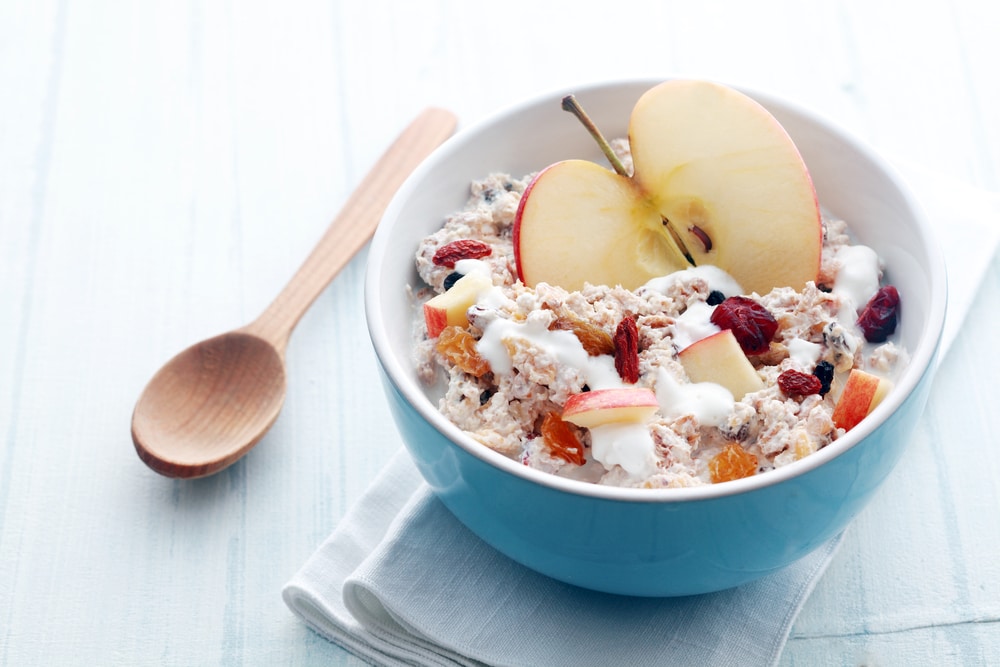
Day Two
- Breakfast: Oats with honey
- Lunch: Lentil soup with a slice of wholemeal bread
- Snack: Mixed nuts and seeds, and a medium-sized pear
- Dinner: Seafood stir fry with brown rice
Day Three
- Breakfast: Scrambled egg with smoked salmon, and wholegrain toast
- Lunch: Vietnamese lettuce wraps
- Snack: Low-fat yogurt
- Dinner: Roast chicken with sweet potatoes and broccoli
Day Four
- Breakfast: Oats and blueberries with low fat milk
- Lunch: Brown rice soup with a slice of wholemeal bread
- Snack: Fruit smoothie (peach and mango) made with low-fat natural yogurt. Add honey to taste if necessary
- Dinner: Grilled fish fillet (fillet of tuna or swordfish) with quinoa salad
Day Five
- Breakfast: Oats with blueberries and skimmed milk
- Lunch: Low-fat chicken noodle soup
- Snack: Fruit yogurt smoothie – banana, honeydew melon and low-fat natural yogurt
- Dinner: Grilled salmon with broccoli and chickpeas
Day Six
- Breakfast: Oats with blueberries, skimmed milk and walnuts
- Lunch: Brown rice salad with tuna or chicken. Add cashew nuts if desired
- Snack: Fruit smoothie – mango and banana
- Dinner: Steak stir fry served over a bed of brown rice
Day Seven
- Breakfast: Porridge topped with honey
- Lunch: Quinoa salad with beans and green vegetables
- Snack: Fruit smoothie and a small handful of nuts or seeds
- Dinner: Chicken with olives, sun dried tomatoes, and wholemeal pasta
Yanking yourself back in shape has never been so easy with our game-changing fitness app! Start transforming your life with BetterMe!
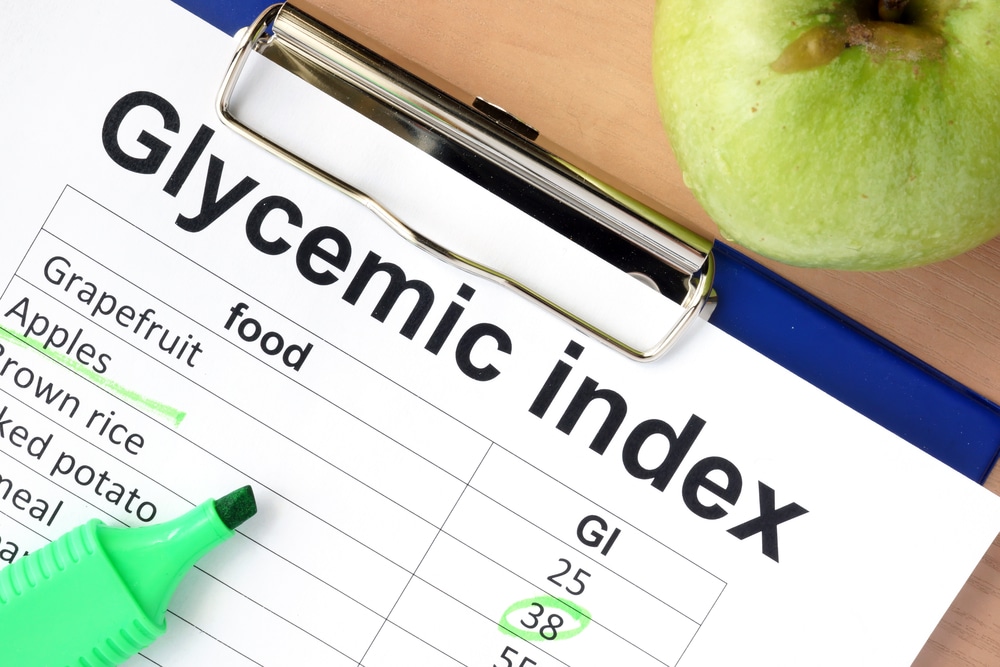
How To Get The Most Out Of Your Low GI Diet Plan?
Here are some quick tips for getting the most out of your low glycemic diet plan:
Eat regular meals – eating three to four smaller meals a day with two to three snacks keeps your blood sugar stable throughout the day and allows your body to produce insulin slower than if you have several small snacks. You can also combine different food groups at each meal as opposed to choosing one or the other. For example, a turkey sandwich with low-fat cheese and salad could be a good option.
Eat slowly – take your time when eating or drinking to allow food to be chewed adequately and then enter the GI system at a slower rate.
Go for protein – adding high-quality lean protein, such as chicken breast or fish to your diet will improve weight loss and muscle-building efforts (7). For vegetarians, nuts, seeds, and beans are great sources of plant-based protein. Make sure you choose lean cuts of meat or fat trimmed off poultry to reduce fat intake.
Portion sizes are key – loading up on low-GI processed foods may be convenient but eating too much of these can derail your diet because they also tend to be high in fat and calories.
Keep it simple – the less thinking you have to do about what you are going to eat the better. Stick with the basics such as baked fish or chicken and salads (without added sugar), brown rice, quinoa, wholemeal pasta, fruit, vegetables, and dried beans or lentils.
The Bottom Line
Although the low GI diet plan doesn’t cause significantly more weight loss than other diets, it’s a great way to get accustomed to healthy eating. Use this 7 day low GI diet plan to get started. Remember to stick with lean and plant-based proteins and complex carbohydrates, cut down on the processed foods, eat slowly to maximize digestion, and only eat until you feel comfortably full.
Apart from following a proper diet, physical exercise is also essential for your body and health. Take up a challenge and try this 20-min Full Body Workout At Home to get a snatched body.
DISCLAIMER:
This article is intended for general informational purposes only and does not address individual circumstances. It is not a substitute for professional advice or help and should not be relied on to make decisions of any kind. Any action you take upon the information presented in this article is strictly at your own risk and responsibility!
SOURCES:
- A Short Study Exploring the Effect of the Glycaemic Index of the Diet on Energy intake and Salivary Steroid Hormones (2019, nih.gov)
- Glycaemic Index (GI) (2007, healthengine.com.au)
- Glycemic index diet: What’s behind the claims (2020, mayoclinic.org)
- Glycemic Index of Slowly Digestible Carbohydrate Alone and in Powdered Drink-Mix (2019, nih.gov)
- Metabolic effects of low glycaemic index diets (2009, nih.gov)
- The Glycemic Index, developed at U of T, offers a dietary plan for controlling diabetes (2001, utoronto.ca)
- The role of protein in weight loss and maintenance (2015, nih.gov)


